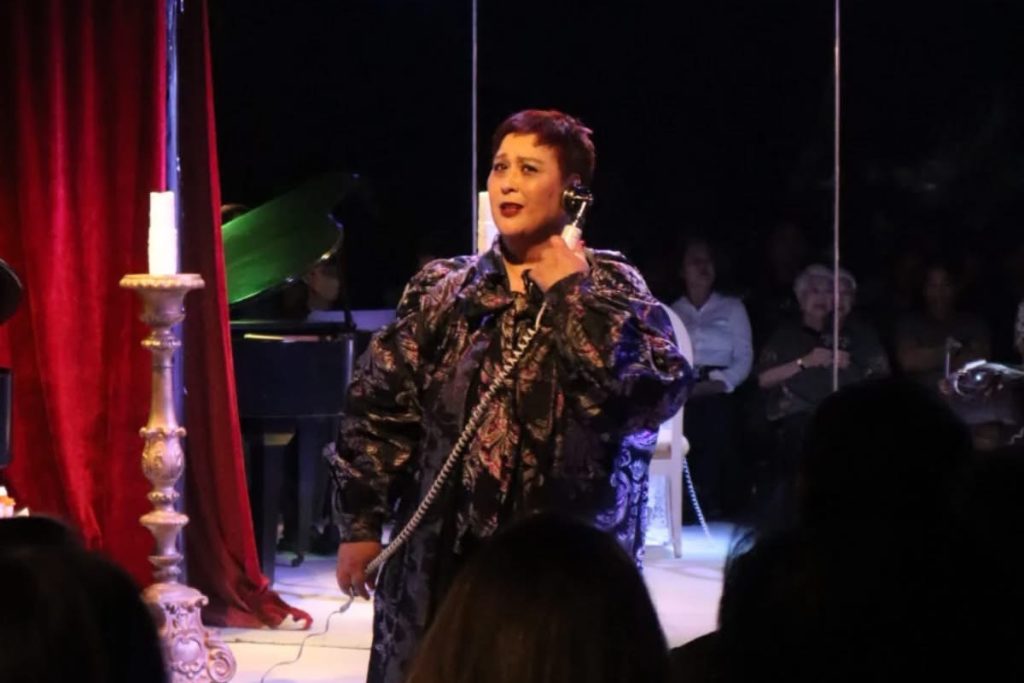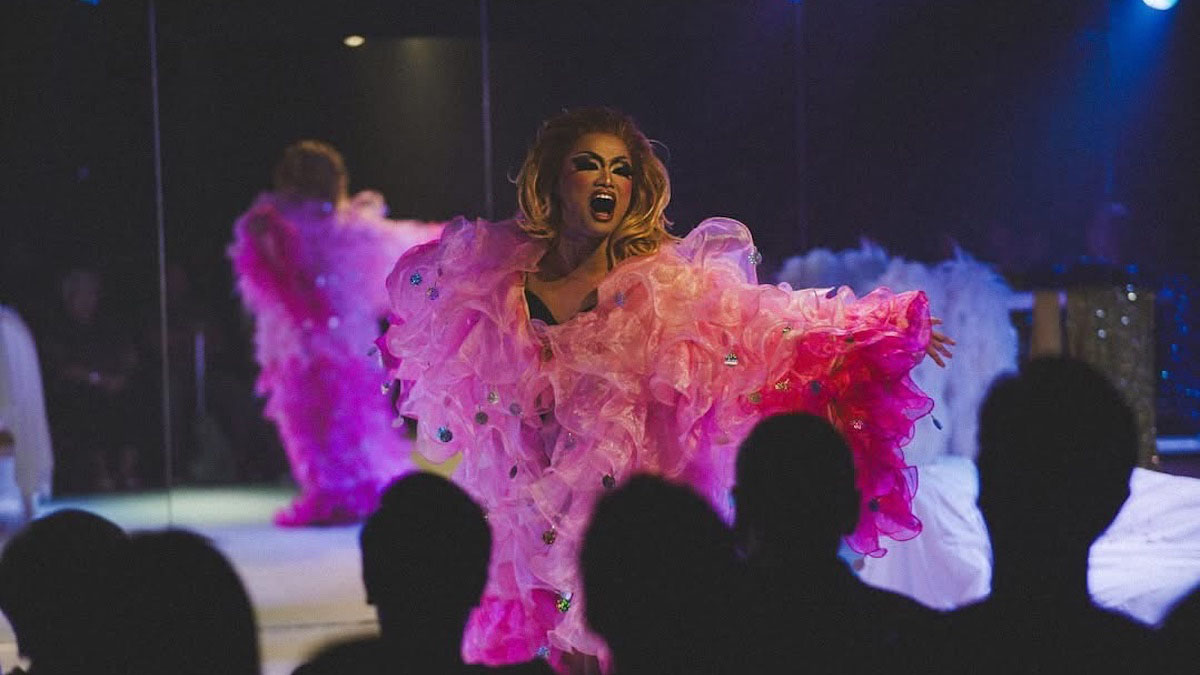Nobody does self-indulgent drama like the French. Which should not be surprising: it is the French who first started to explore the depths of what it means to be human. Through the exercise of their position as one of the most enlightened western cultures during the renaissance, all the way through to the French Revolution, and the subsequent explosion of creativity in the years thereafter, they served as the center for western art and culture that was the envy of the world. Through the explorations into humanistic concepts and philosophy by leading French thinkers such as Voltaire and Sartre has birthed in turn, a robust artistic catalog of work from the playwright Jean Cocteau, and composer and pianist Francis Polenc in the form of the one act Opera La Voix Humaine, that spoke to universal themes of loneliness and intimacy.

La Voix Humaine, one of Francis Poulenc’s most popular and adapted operas, based on the play of the same name by Cocteau, tells the story of a woman recently abandoned by her longtime lover. She has just survived a suicide attempt, but decides to lie to her ex-lover as they carry on a conversation over the telephone. The story is told exclusively from the point of view of the woman as she cycles through her grief and longing, going from sweet, angry, and desperate over the course of their 40-minute phone call. As it dawns on her that her ex-lover is actually calling her from his new lover’s embrace, she winds the telephone cord around her neck as she expresses her undying love for him. The opera is structured very loosely, in between a series of dropped calls and wrong numbers. It mimics the way communication gets interrupted, and how speakers normally shift in tone and topic as these conversations resume. The musical themes shift as well, and prove effective as natural stopping points that bookend the different parts of the aria.
Kay Balajadia‘s execution of the role was a masterclass in vocal projection and dynamics.
In a twin-bill feature from Music Artes, Dr. Anton Juan brings to life the tragic character of the woman surrounded by the crumbling furniture that echoes the ruins of the doomed relationship. Playing in front of audiences, some of which are too young to recognize what a corded telephone looked like, much less how party-lines and operators well… operate; one can be forgiven in thinking that the first half of this staging is terribly old fashioned. In contrast, the second half of the show, Boses, was a modern adaptation of the piece that involved no music, just a stripped down version of the material in the vernacular, with a mobile phone taking the place of the landline telephone.
Headlining La Voixe Humaine was the sublime soprano, Kay Balajadia. Her execution of the role was a delight to see, with her inimitable voice that filled the Mirror Studio with little to no help from any manner of artificial amplification, was a masterclass in vocal projection and dynamics. The imperceptible and effortless shifts from soft, dulcet tones, to a powerful belt were as thrilling as can be for the average listener, and the discriminating ear of any opera lover. There was an incredible amount of restraint in her performance, which worked to great effect in portraying the fragile logic of the character’s devastated mind. As the opera was in French, it was also quite helpful to those less fluent in the language that the translation provided in the subtitles satisfactorily captured the tension through the thoughtful parsing of the phrases. Oftentimes, not a lot of thought goes into he timing of the subtitles to ensure that they don’t give anything away by preempting the musical phrase: it’s a welcome sight to see that that was not the case with this production.
Brigiding’s performance, despite her timing issues delivered the emotional impact.
After a brief intermission, the set changes to a more minimalist form. Featuring Brigiding of Drag Race Philippines fame, Boses opens with her walking onstage in full drag, launching herself into a overworked lip-sync of “I Am What I Am” from La Cage Aux Folles: a choice that was neither clever, nor appropriate, and has led to the first infinite eyeroll of 2025. It contributed very little to establishing context, and did not add anything of value to the plot. Which is a shame, given the talent of Brigiding. Her half of the evening was a modern adaptation of La Voixe Humaine that genderbends the main character and presents a more raw, visceral take on the story. Part of its success lies in not only the modernization of its setting, but also in the use of the vernacular, which amplifies the emotional tension by bypassing the audience’s cognitive linguistic barriers, striking at the heart—not the head. Brigiding’s performance, despite her timing issues (It is abundantly clear that there’s no one at the other end of that phone call), delivered the emotional impact that the first half was perhaps ill-equipped to provide.
Perhaps it is deserving of note, how seamlessly this adaptation translated well into a more inclusive context. Its themes of loss and the many ways of dealing with that loss is a well-known condition regardless of gender or of expression. They are larger than life emotions, that require a stage in order to be fully and completely expressed: and opera provides that grand scale. Drag, as an art form thrives in the creation of a personality that is larger and cultivate a voice that is much bigger, which likewise provides such grand themes a visual and emotional platform to match.
It is certainly not your usual night out in the theater, but different can be good. Beyond the polished and well-tailored experiences we import, those that utilize every rhinestone in the sewing box to distract us from wafer-thin plots, it would do us all some good to seek out stories that talk about something more real.
Click here for more stories like “La Voix Humaine”. You may also follow and subscribe to our social media accounts: Facebook, YouTube, Instagram, TikTok, X, and Kumu.






















